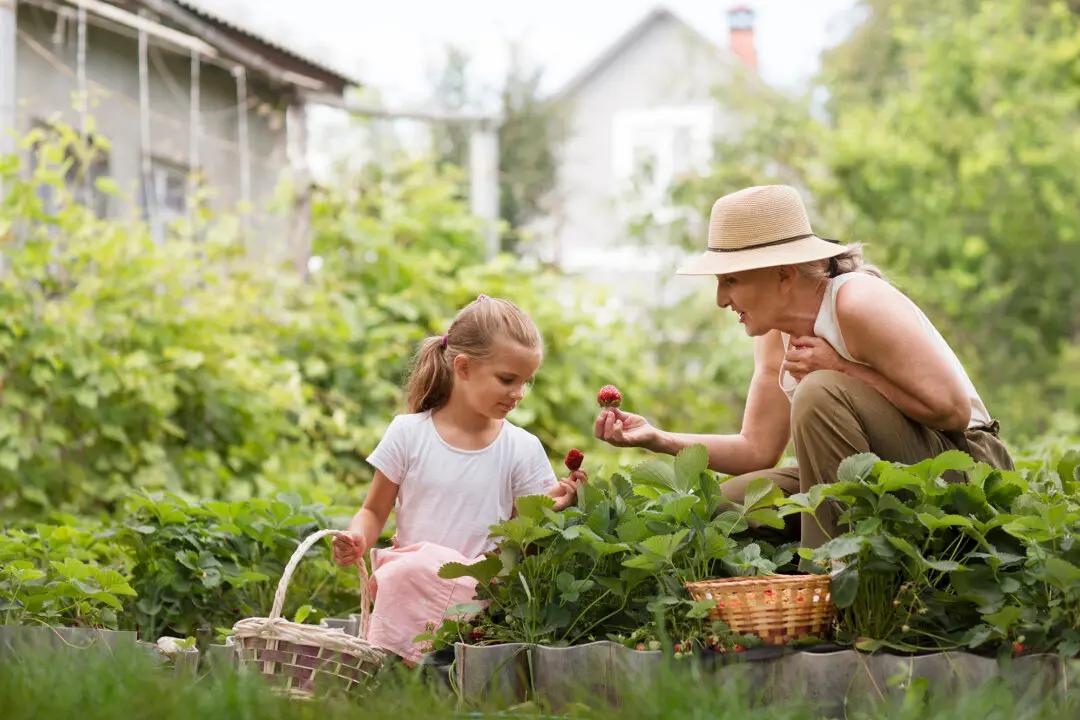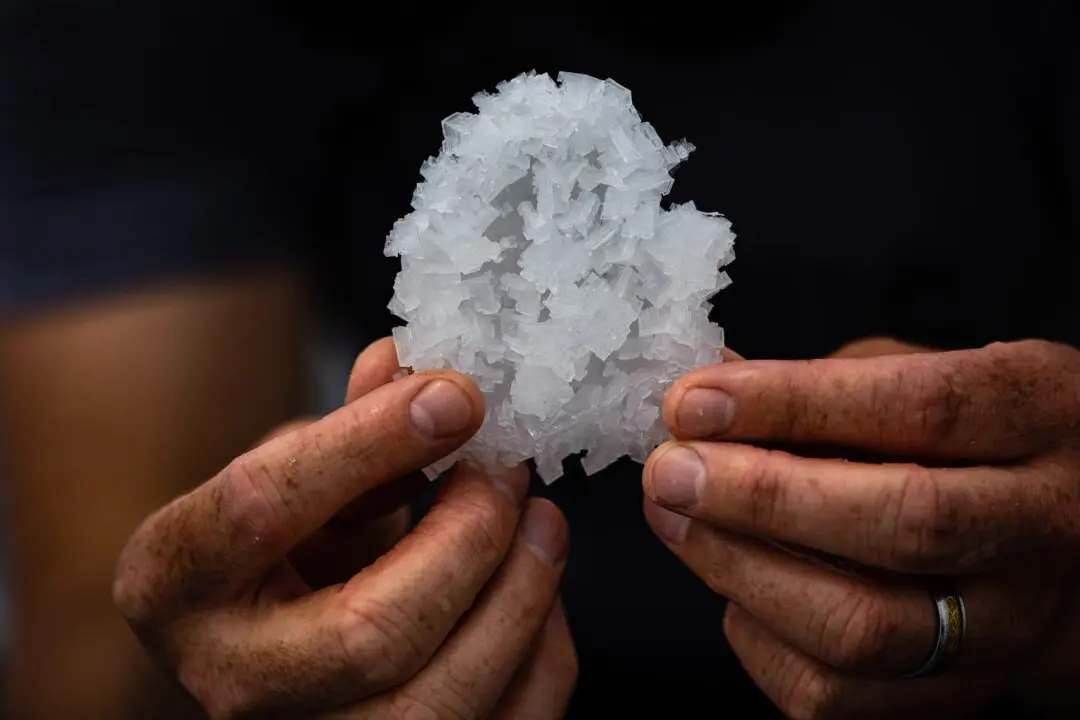“Now, don’t just gobble it down all at once.”
When Will Lydgate is introducing people to his Kauai chocolate, he suggests they melt it in their mouths first, to allow the flavor of the estate-grown cacao to reach full impact on their palates. Invariably, Lydgate Farms visitors exclaim over the light, mellow taste and the lack of bitterness and astringency that often puts Americans off dark chocolate. “Never knew it could taste as good as this,” they report.





